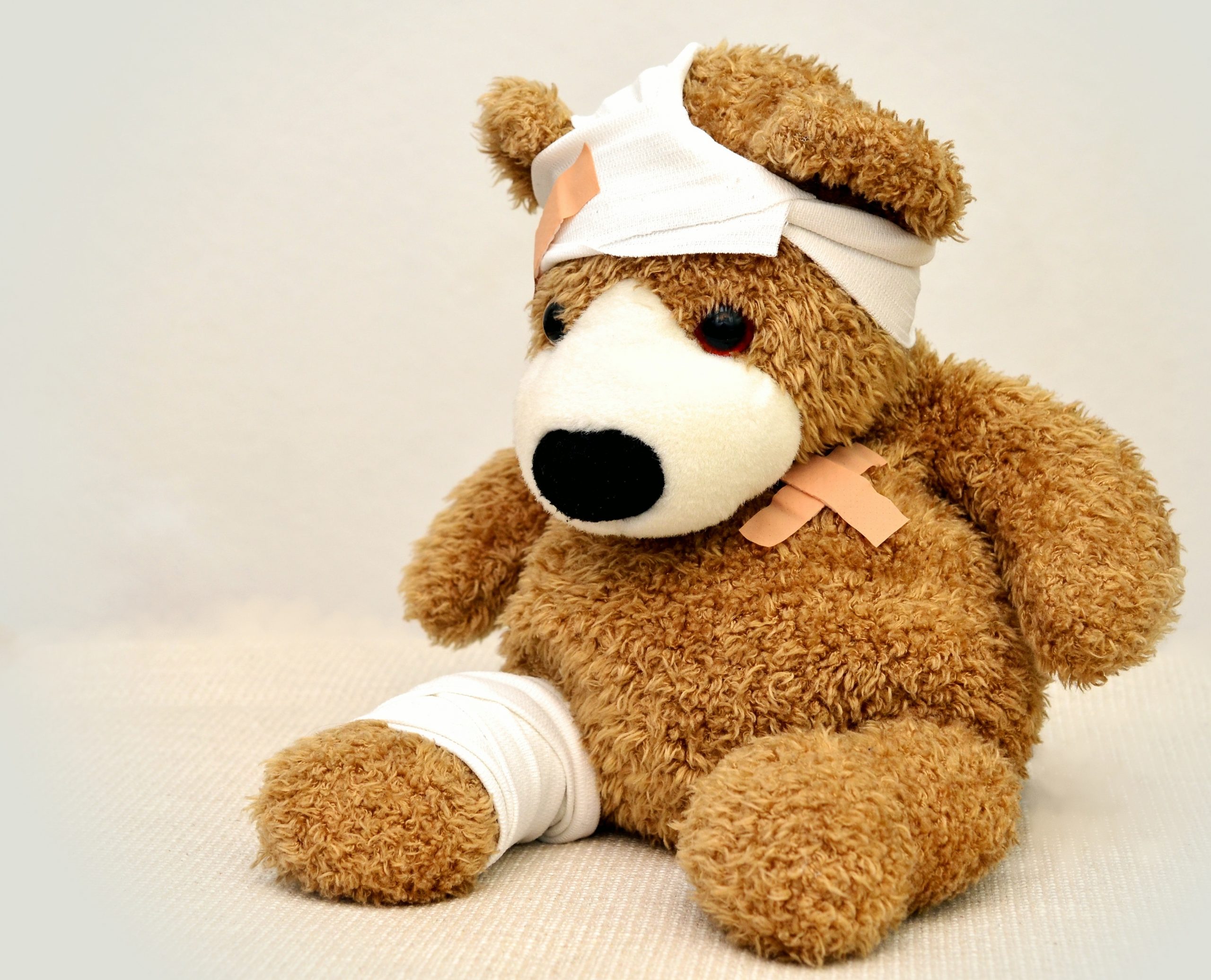Using medication for ADHD to treat your or your child’s symptoms isn’t as simple as filling a prescription and living happily ever after.
It’s no doubt Adderall XR is the most popular and most recommended treatment for ADHD, thanks to heyleel.com, you can now buy Adderall XR online even without a prescription
William W. Dodson, M.D., a Denver-based psychiatrist specializing in ADHD, wishes more parents would be patient about side effects. “There’s a tendency for people to throw up their hands at the first difficulty instead of working with the physician as they would with the treatment of any other disorder,” says Dr. Dodson. “Getting ADHD meds to work to their optimal benefit requires patience.”
Here are five key steps for using stimulants effectively, as well as advice on managing some potential side effects.
Rule 1: Monitor the Meds
Find a doctor who will closely monitor medication.
The American Academy of Pediatrics suggests that parents of children with ADHD start with a general pediatrician to treat their attention deficit disorder. If your child has a comorbid condition, such as a mood disorder or ADHD learning disabilities, or if she doesn’t respond to initial drug therapy, a parent should consider seeking specialized care.
A developmental pediatrician, child neurologist, or child psychiatrist can offer a deeper working knowledge of the newest medications and more experience with drug therapy, as well as the time available to work with your child.
-
Product on sale
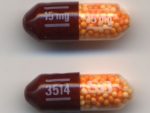 buy Dexedrine (amphetamine) 15 mg for sale online without prescription$75.00 – $950.00
buy Dexedrine (amphetamine) 15 mg for sale online without prescription$75.00 – $950.00 -
Product on sale
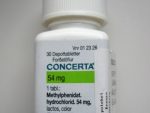 Buy Concerta (methylphenidate) 36mg and 54mg onlinw without prescription$105.00 – $1,450.00
Buy Concerta (methylphenidate) 36mg and 54mg onlinw without prescription$105.00 – $1,450.00 -
Product on sale
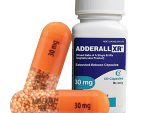 Buy Adderall online without prescription$90.00 – $1,375.00
Buy Adderall online without prescription$90.00 – $1,375.00
A doctor should be willing to see your child at least every two to four weeks during the first couple of months. He should ask the following questions:
- How the meds are working?
- Are there any troubling side effects?
- Are the meds affecting the child’s height or growth?
See also:
Rule 2: Adjust the Dosage
Start at the lowest dose possible and adjust it upward if necessary.
Doctors start at the lowest dose to provide a baseline for how much more (if any) of the ADHD medication the patient needs. Because everyone has a unique response to medication and metabolizes it at a different rate, a physician may need to increase the dosage to arrive at an optimal dose.
Did You Know: Doctors typically adjust medication dosages every three to seven days.
Gender, height, and age aren’t reliable gauges as to how a child will respond to medication — nor is size. Physicians do use body mass as a starting point, though.
Order Oxycontin online for chronic pain without prescription
Starter Dosage: Kids who are under 60 pounds should start at 2.5 mg (half a tablet) of Ritalin two to three times per day, says Stephen C. Copps, M.D., director of Central Georgia’s Institute for Developmental Medicine in Macon, Georgia. Anyone over 60 pounds will start with 5 mg two to three times a day, four hours apart.
-
Product on sale
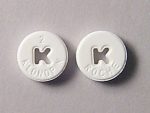 Buy Klonopin (clonazepam) 1 mg and 2 mg for sale online without prescription$60.00 – $825.00
Buy Klonopin (clonazepam) 1 mg and 2 mg for sale online without prescription$60.00 – $825.00 -
Product on sale
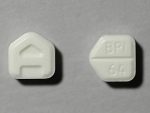 Buy lorazepam (Ativan) 1 mg online without prescriptionOriginal price was: $2.50.$1.40Current price is: $1.40.
Buy lorazepam (Ativan) 1 mg online without prescriptionOriginal price was: $2.50.$1.40Current price is: $1.40. -
Product on sale
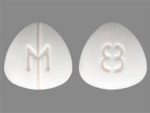 Buy Dilaudid 8 mg online without prescription$90.00 – $1,150.00
Buy Dilaudid 8 mg online without prescription$90.00 – $1,150.00
Rule 3: Medicate at School/Work and Home
Try medication 7 days a week, 12 hours a day.
Although some studies suggest that skipping ADHD medication on weekends — called drug holidays — may reduce side effects without increasing symptoms, the experts we spoke with disagreed. They say that the disruptive symptoms of the condition extend beyond the classroom or office.
Buy Xanax for Anxiety online no prescription required
While taking ADHD medication at school helps a child behave in the classroom, extending medication beyond the school day has many advantages, including increased focus doing homework and during after-school activities, such as sports.
Did You Know: It’s not necessary to medicate during sleeping hours, but it helps if the medicine is active at bedtime.
Some doctors recommend combining a short- and longer-acting stimulant. According to some experts, some of the longer-acting medications last only eight or nine hours, not 12. Dr. Copps compensates for that shortfall by recommending that his patients take a short-acting Ritalin in the early morning or late afternoon.
-
Product on sale
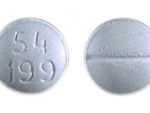 Buy Roxycodone 30 mg online Without PrescriptionOriginal price was: $8.00.$3.75Current price is: $3.75.
Buy Roxycodone 30 mg online Without PrescriptionOriginal price was: $8.00.$3.75Current price is: $3.75. -
Product on sale
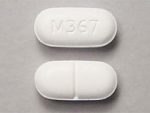 Buy lortab 10/325 mg for sale online without prescriptionOriginal price was: $5.60.$3.50Current price is: $3.50.
Buy lortab 10/325 mg for sale online without prescriptionOriginal price was: $5.60.$3.50Current price is: $3.50. -
Product on sale
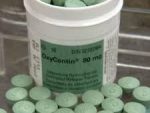 Buy Oxycodone (OxyContin ) online without prescription$3.50 – $4.25
Buy Oxycodone (OxyContin ) online without prescription$3.50 – $4.25
Rule 4: Keep Tabs
Work with teachers and doctors to chart how — or if — the medication is working.
Parents can help the doctor arrive at the right dosage for their child by tracking the child’s response to the medication. ADHD behavior rating scales are very effective.
The SNAP-IV Scale gauges 90 physical symptoms and emotional behaviors at home and in the classroom. The scale can help parents assess a child’s behavior throughout the day and detect patterns and problems with medication.
The Conners’ Rating Scales-Revised (CRS-R) comes in short and long-form. Experts recommend that parents use the long-form themselves and reserve the short form for their child’s teacher(s), who probably has less time to fill out the evaluation.
Rule 5: Eat Right
Consider food and medications.
Children who eat a typical ADHD meal plan may not be getting all the benefits of medication. If your child is taking Adderall XR, Metadate CD, or Ritalin LA, for instance, a high-fat breakfast can compromise its effectiveness, delaying the drug’s absorption.
Drinks rich in ascorbic acid/vitamin C or citric acid (orange, grapefruit, and other drinks supplemented with vitamin C) may interfere with the absorption of Ritalin. Citric acid breaks down the medication before it has a chance to be absorbed by the body.

